A Historical Dig Sheds Light on the Food of the Underground Railroad
Archaeologists found muskrat, turtle, and other edible remains in Harriet Tubman Country.
On November 4, 1857, a notice appeared in the Cambridge Democrat, the local newspaper of Cambridge, Maryland. Submitted by one Dr. Alexander Hamilton Bayly, it offered a $300 reward for anyone who could locate and kidnap a 28-year-old woman named Lizzie Amby, whom Bayly had enslaved. She had fled Bayly’s house some days before, bound north, along with her husband, Nat; a bag of possessions; and Nat’s knife and pistol. The Ambys were just two members of a group of 16 who took part in that journey, led by the abolitionist and Underground Railroad conductor Harriet Tubman, who had herself fled Dorchester County to claim her freedom in 1849.
“That was a time when the Underground Railroad was on fire,” says archaeologist Julie M. Schablitsky, Chief of the Cultural Resources Division at the Maryland Department of Transportation. MDOT oversees several state historical sites, including the Harriet Tubman Underground Railroad Byway, a driving tour of significant sites related to Tubman. “People were leaving Cambridge by the dozens.” That strong connection to the Underground Railroad has earned Dorchester County, where Cambridge is located, the designation “Harriet Tubman Country.”
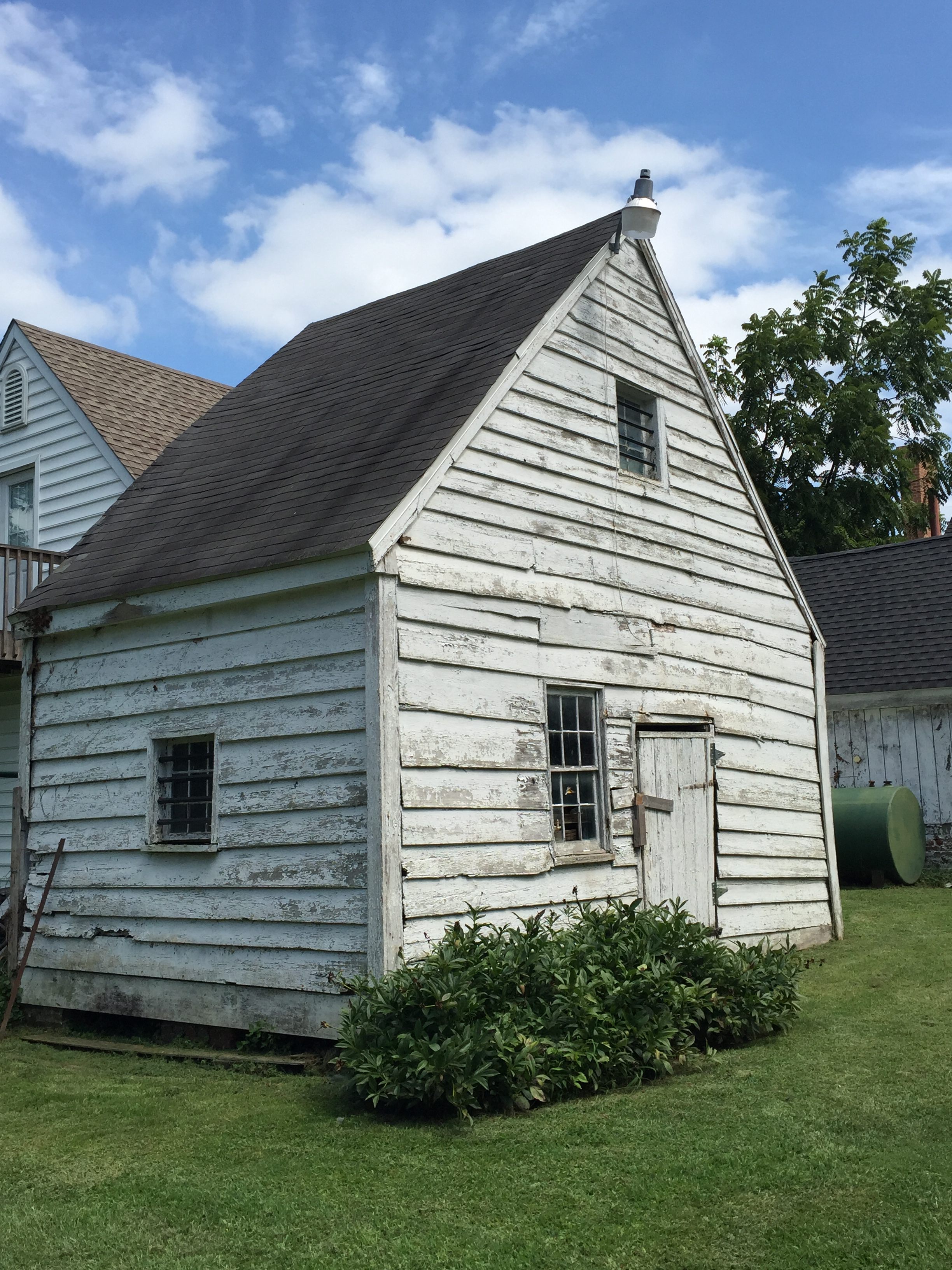
The house Amby escaped from still stands on a residential street a few miles from the Choptank River. In the 1800s, the plot was home to a garden, some livestock, and a handful of people, like Lizzie, whom Bayly enslaved. The house was owned by the Bayly family until 2003. Now, in the hands of a new owner, it is neatly maintained, painted yellowish-cream, with dainty shutters and a front porch frilly as a wedding cake. Its gentility is a haunting contrast to the reality that it was built from the forced labor of Black Americans.

The most compelling structure on the Bayly property is an unobtrusive two-story building out back. Mottled white, with peeling paint and warped wood boards, this is the Bayly cabin. For years, thanks to a mix of oral history and legend, locals referred to the place as a “slave cabin,” speculating that the people Bayly enslaved must have lived there. Yet no one had attempted to verify this archaeologically.
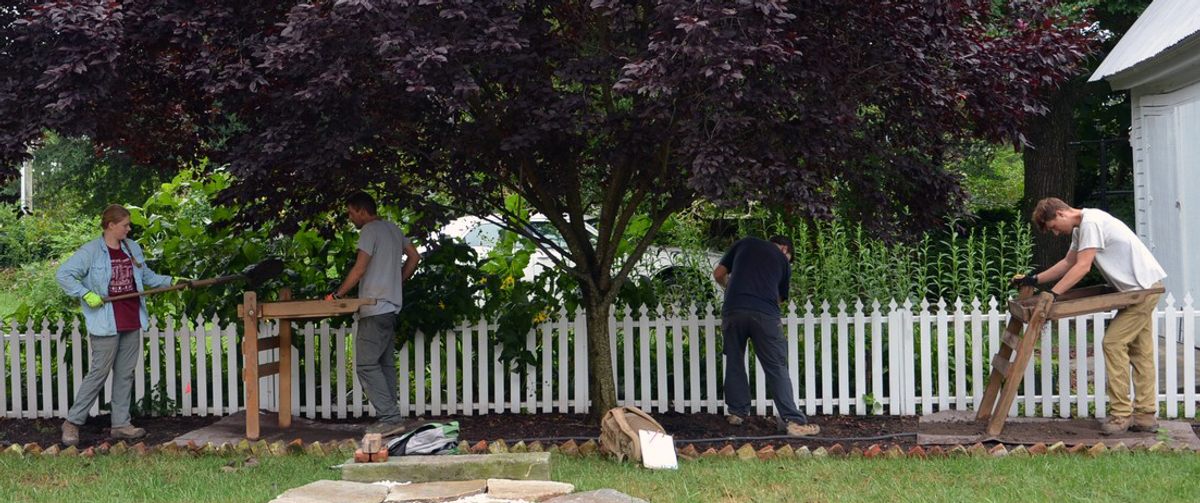
Now, thanks to an investigation into the cabin’s foundation, Schablitsky and her team of archaeologists have uncovered a stunning breadth of objects that provide insight into the lives of the enslaved and free Black residents of the Bayly property. The dig began in 2018, and the final results were published in July 2020. Archaeologists found that the cabin served multiple functions, such as a storehouse, before Emancipation, and was likely home to free Black laborers in the late 1800s. Nevertheless, they found domestic artifacts from both periods, including poignant remnants of daily life such as a child’s tea set, a porcelain doll head, nearly intact plates, and a rubber comb.
The most revealing objects were also the starkest: a collection of hundreds of animal bones. Part of a kitchen midden, or garbage pit, under the cabin floorboards and across the yard, the bones form an intimate record of the diets of the enslaved people—and, later, free Black laborers—who occupied the space. Because of the area’s importance in the Underground Railroad, and the fact that Amby and others from Cambridge fled with Tubman, the dig also offers intriguing glimpses of the culinary skills and traditions that may have sustained those escaping slavery.
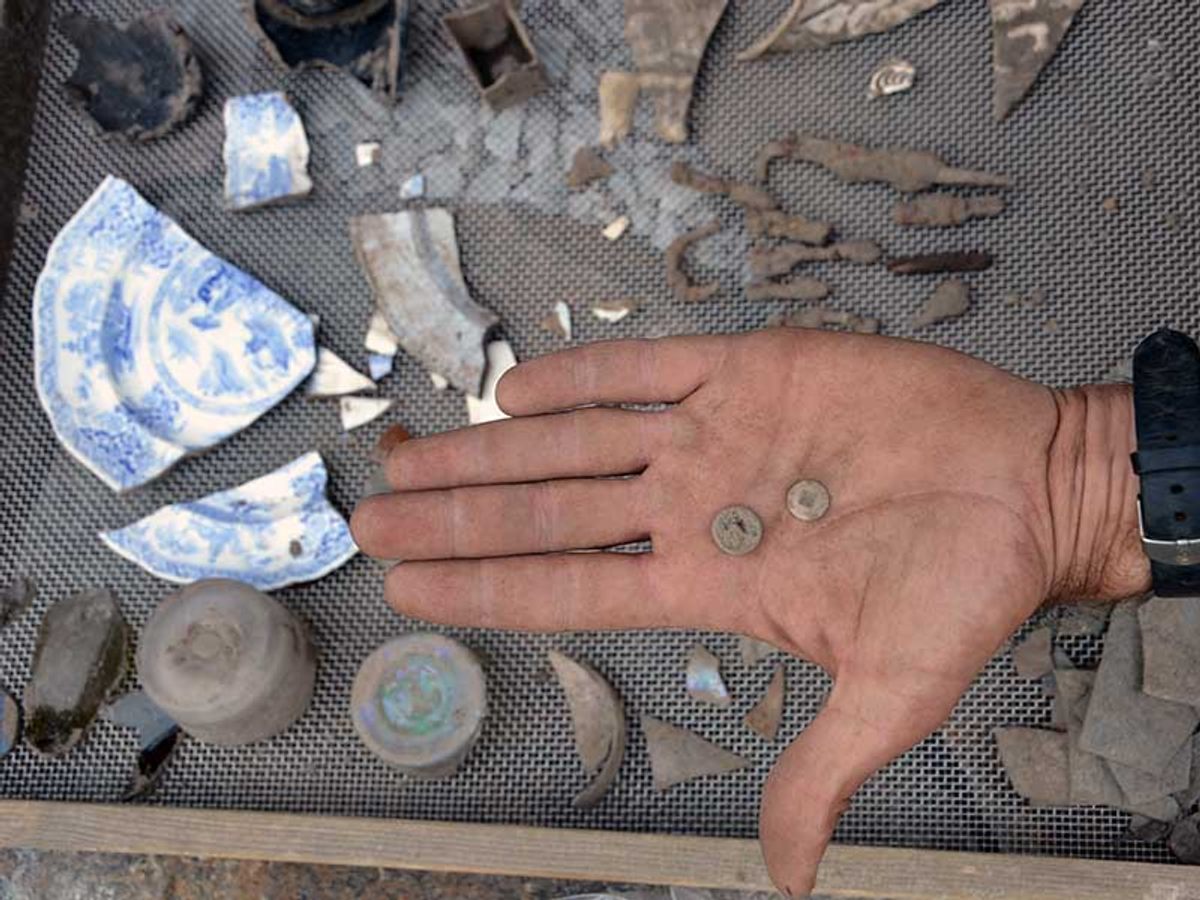
The bones paint a picture of resourceful people using creativity to survive. Archaeologists found the bones of domestic animals, including pig, cow, chicken, and sheep or goat, but they also found fish and crab from the nearby Choptank River, and game such as rabbit, turtle, duck, goose, turkey, pigeon, woodpecker, possum, raccoon, skunk, deer, and muskrat. (Muskrat, which Harriet Tubman herself was said to hunt, remains a Dorchester County delicacy to this day). The cuts of meat and variety of game indicate that the residents lived in poverty and consistently scrambled to supplement their diets with whatever they could find.
This kind of supplementation is typical of enslaved people’s diets, says Frederick Douglass Opie, a Professor of History and Foodways at Babson College. Opie, who specializes in the foodways of the African diaspora, didn’t work directly on the site, but has researched eating on the Underground Railroad. He says that on smaller holdings like the Bayly’s, as opposed to large plantations, enslaved people’s diets would have been closer to those of their enslavers, but more nutrient-poor. In all contexts, enslaved people would have likely grown and eaten okra, corn, leafy greens, and sweet potatoes, as well as raised pigs, chickens, and goats, some for market.

They would also have foraged, fished, hunted, and snuck food from enslavers’ stores or kitchens to stretch their rations. Schablitsky says that some enslaved people’s dwellings bear signs of attempts to hide food from enslavers. “We’d see hidden chicken bones in dirt floors,” says Schablitsky. “We have accounts of people whose mothers would steal chickens and burn the feathers.”
When enslaved people escaped, they used the same resourcefulness to feed themselves on their journey. The Underground Railroad was a network of safe houses, run by “conductors” and “station masters,” free Black and white abolitionists. Participants relied on word of mouth; codes, including songs; and their ability to navigate wild terrain while constantly evading capture.
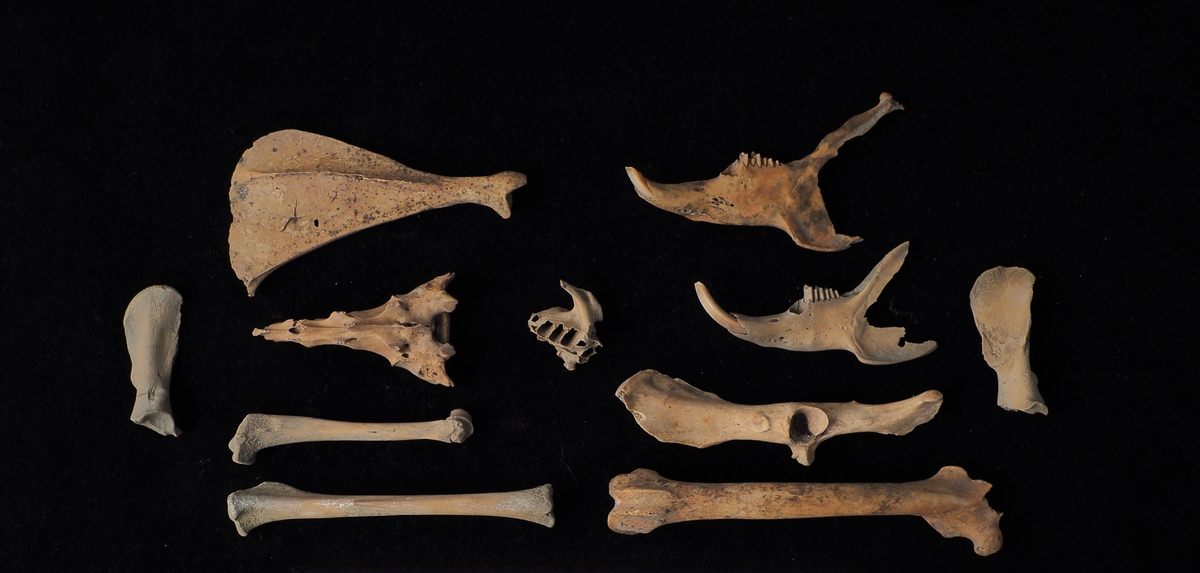
“A lot of what fugitives would have eaten on the road would have been the same things they would have eaten in the yard,” says Anthony Cohen, an Underground Railroad historian and the founder of The Menare Foundation, which runs Button Farm Living History Center outside of Washington, D.C.
Button Farm uses period tools and heritage crops and livestock, such as brown cotton, tobacco, Jerusalem artichokes, Maryland fish pepper, Cottage Patch geese, and guinea hogs, to teach visitors about the realities of food and forced labor under slavery. Cohen’s dedication to experiential history originated with a 1996 journey he undertook to retrace the Underground Railroad. He followed routes he had researched as an undergraduate, and followed in the spirit of one of his ancestors, who escaped slavery in Georgia. Over the course of his journey, Cohen traveled more than 800 miles from Maryland to Canada by boat, rail, buggy, and on foot, with never more than a day of food in his pack. He spent the night in the homes of volunteers he met along the way.
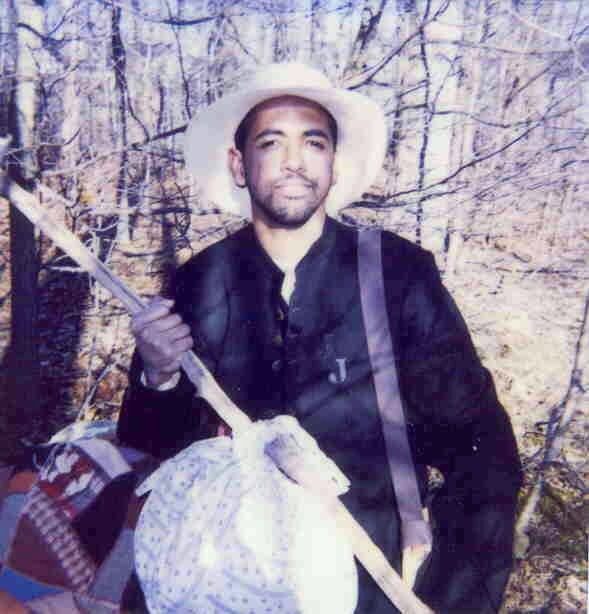
Cohen sourced the knowledge for this journey, as well as his current experiential historical work, from first-hand historical accounts of people who witnessed, experienced, or escaped slavery. Important sources include the autobiographies of Frederick Douglass and Underground Railroad conductor William Still’s “Journal C,” a log book where he kept details of escapees’ journeys.
In these accounts, travelers on the Underground Railroad eat whatever they can carry, beg, forage, or filch. Some common dishes enslaved people ate on plantations became staples of the journey. For example, in one of his autobiographies, Frederick Douglass describes ash cake, a staple food made by wrapping a paste of cornmeal and water in oak leaves and steaming the packet in hot ash. Cohen cites one account from two freedom seekers from North Carolina who, lacking any bowls, mixed cornmeal and water in their hats.

Those on the Underground Railroad also lifted food from nearby markets and farms. “It was catch as catch can in terms of eating,” says Opie. “They would often sneak onto the farms and steal produce right out of the fields.” There are accounts of travelers darting into markets, smoke houses, and ice houses to obtain rations, all while evading capture. For Opie, seizing resources was an act of resilience. He sees the legacy of white attempts to catch and punish these freedom seekers in the present-day overcriminalization of Black Americans. “I’ve come to this conclusion that white folks policing black bodies has a long history rooted in slavery,” Opie says.
Travelers also relied on their knowledge of local plants and animals to forage. “These were people who lived off of the land,” says Cohen. If you visit Adkins Arboretum, a 45-minute drive from Cambridge, you can walk through woods that look much like those that freedom seekers would have walked, and use an audio guide to spot plants that travelers foraged.
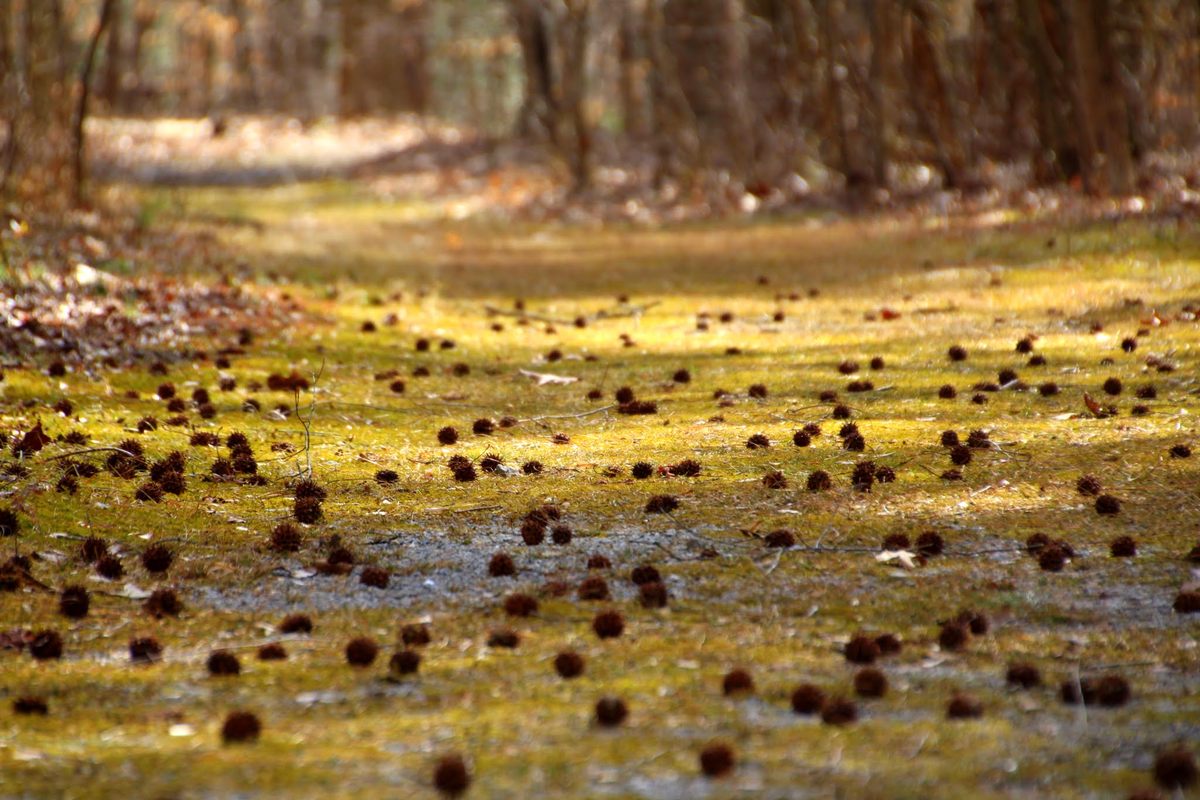
The Maryland forest is thickly populated with edible native plants: root beer-scented sassafras; bitter beech nuts; shadbush, whose branches grow heavy with red fruit in June. Escapees may have boiled acorns; dug up pine roots; or plucked black cherries so astringent they pucker the mouth, according to Ginna Tiernan and Kathy Thornton, Executive Director and Land Steward of Adkins Arboretum. Opie says travelers likely also boiled the first shoots of poke greens, a toxic plant that is a popular survival staple in the South, and which must be cooked fastidiously until the toxins are removed. And they fished, trapped birds, and hunted small game.
Some freedom seekers were able to rely on the generosity of Underground Railroad station masters, who offered covert shelter. Cohen recalls the account of one voyager from Hagerstown, Maryland, who made his way to Pennsylvania. At one point, he was invited to a meal by a white Quaker. “He started to eat, but couldn’t because he was overwhelmed,” says Cohen. He had never met a kind white person before.

Escapees used food and folk wisdom to aid their getaways. Cohen has found numerous accounts of people putting some combination of hot pepper, lard, and vinegar on their shoes in order to throw slave catchers’ bloodhounds off their scent. Some freedom seekers in North Carolina used turpentine; others, in Texas, used a paste made from a charred bullfrog. Never one to pass up experiential research, Cohen assembled a team, including search and rescue dogs, to test these methods (except the bullfrog). “Pepper with lard allowed it to stick to our shoes, and that had some effect,” he says. The turpentine was most effective: The moment dogs sniffed it, they cowered and squealed.
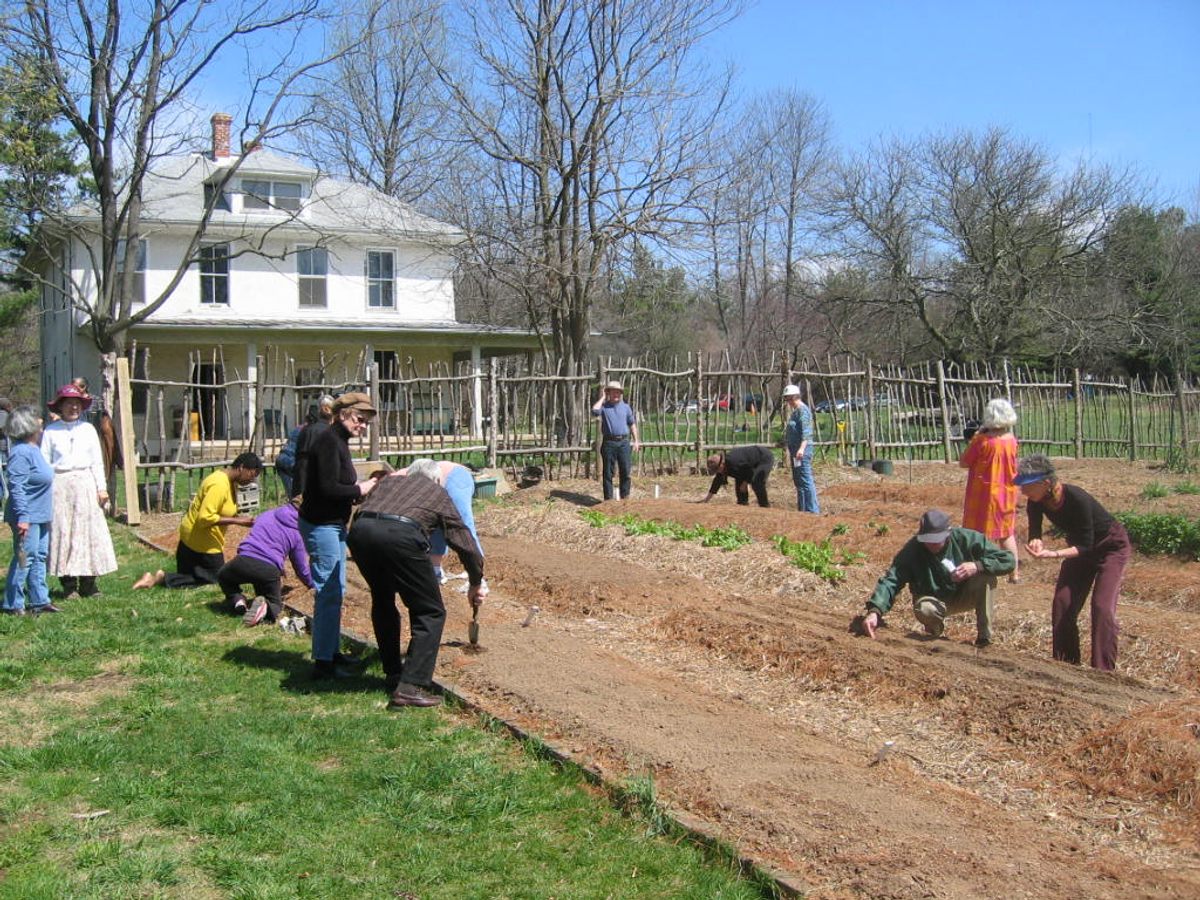
We don’t know if Lizzie Amby, who escaped from Alexander Hamilton Bayly’s Cambridge house, used turpentine to aid her getaway. We don’t know exactly what she and her husband Nat ate during their escape: if they took corn from fields, or boiled beech nuts, or were nourished by the kindness of strangers. And despite the extensive dig of the Bayly back cabin, we don’t know whether she actually lived in the building itself, or elsewhere on the property; whether her lips touched any of the chicken bones, or whether her hands hid them under the floorboards.
We do know, however, that Amby lived part of her life in the shadow of the Bayly house and its frilly faux-innocence. We know that she was forced to labor to sustain her oppressor, but also that she ate, slept, and experienced joy and pain in that place. “She knew that cabin,” says Schablitsky. “Her footsteps were in the soil that we dug.”
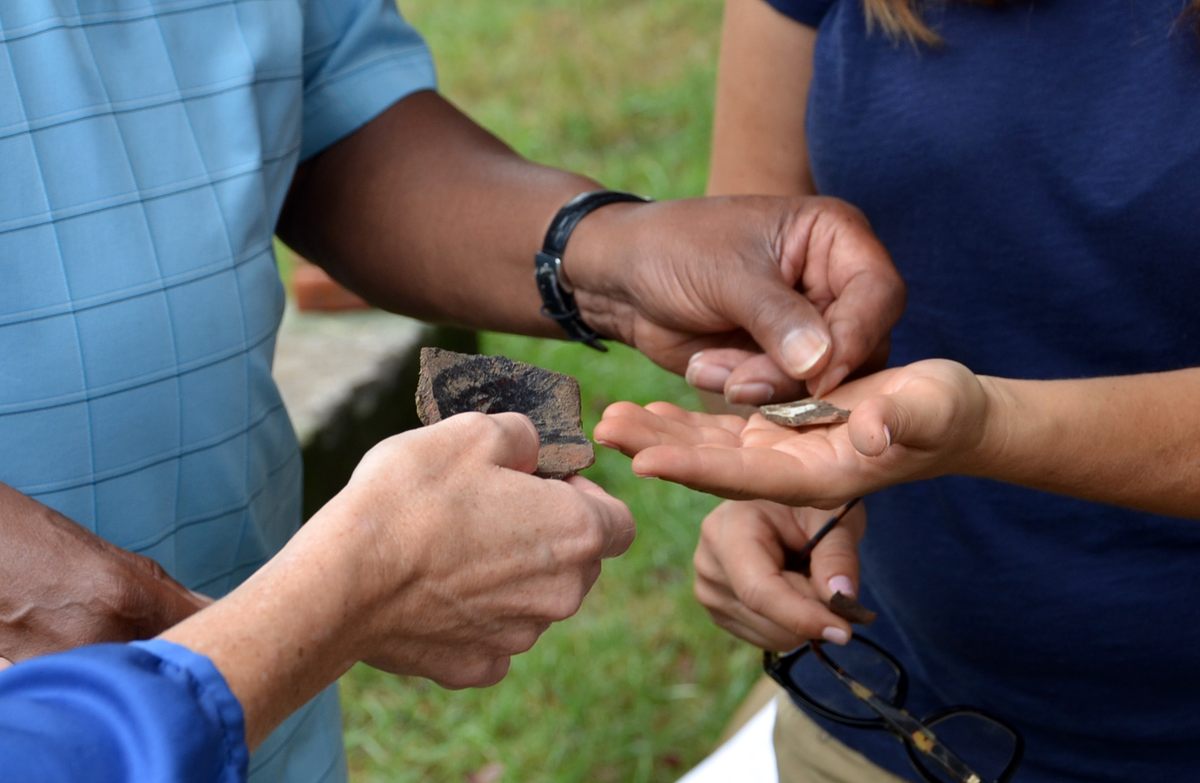
And we know that, at some point in early November, 1857, Lizzie left the Bayly’s property and headed north with her husband, Nat. She and her husband eventually arrived at the home of conductor William Still in Philadelphia. In his ledger, Still describes Nat as having the “honest and independent bearing” of a “natural hero.” And he quotes Nat’s description of Lizzie: “I have heard her say she would wade through blood and tears for her freedom.”
That description turned out to be true. The last thing we know about Lizzie Amby—the last written record of her life that historians currently possess—dates from June 10, 1858, when Nat sent Still a letter from Auburn, New York. It contained a message to his family in Maryland: He and Lizzie were safe, and free.
Gastro Obscura covers the world’s most wondrous food and drink.
Sign up for our regular newsletter.



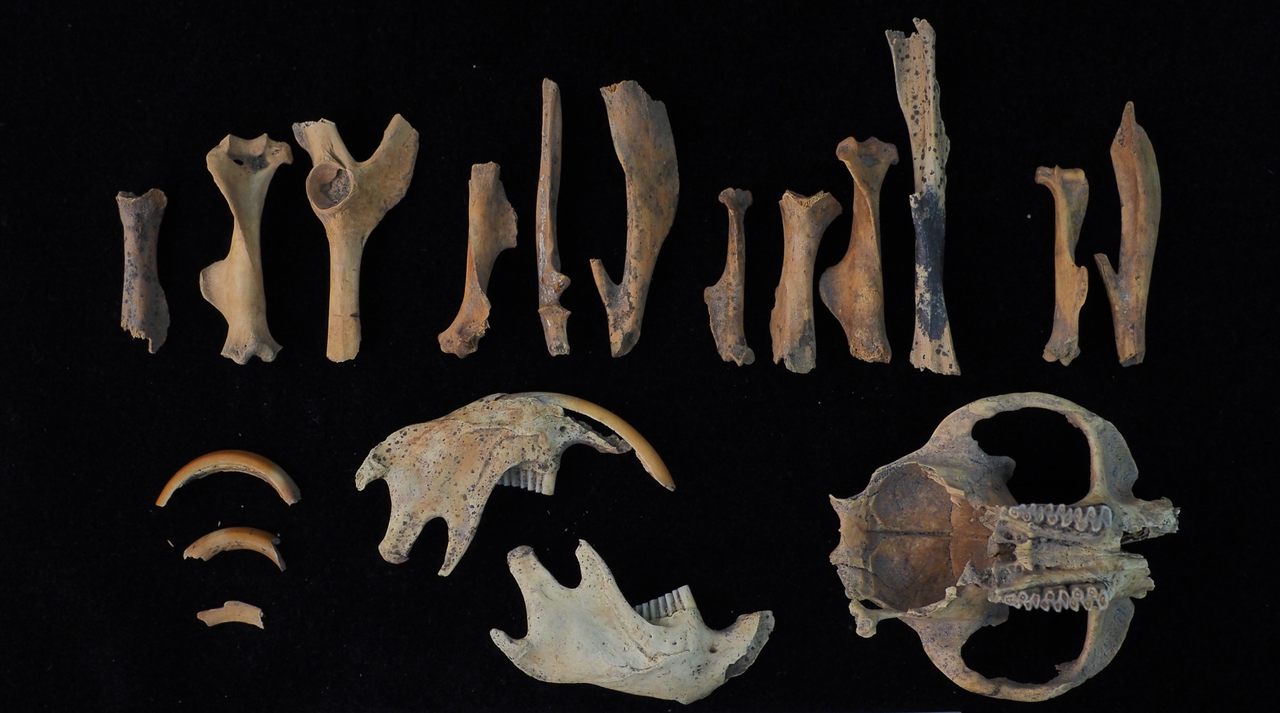
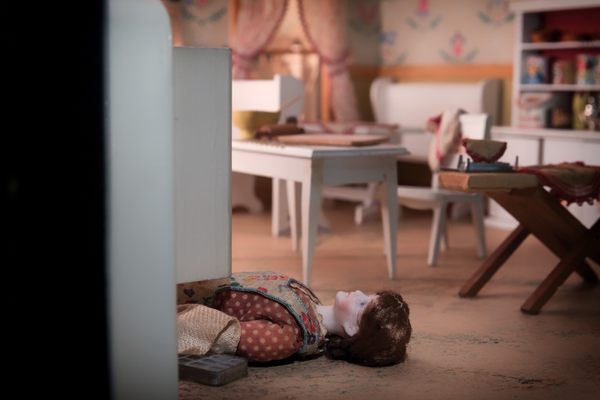


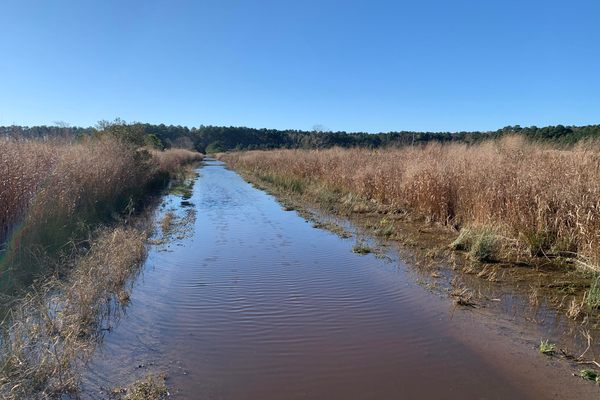


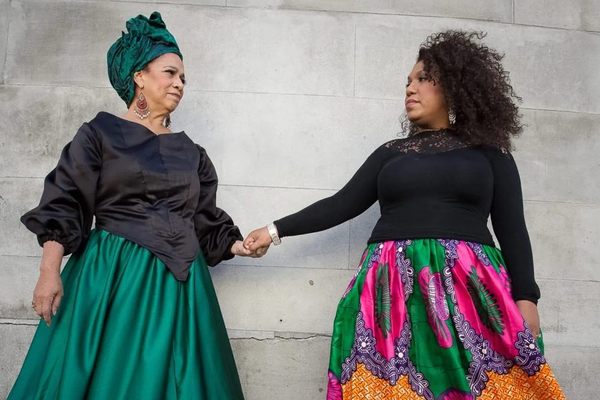





















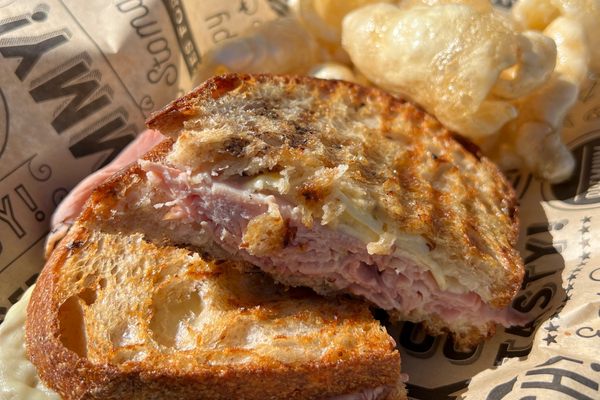
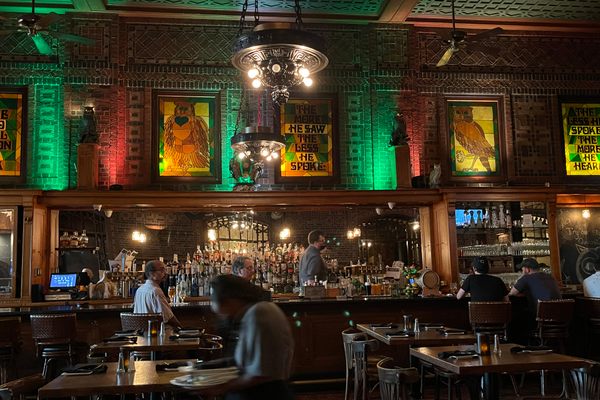
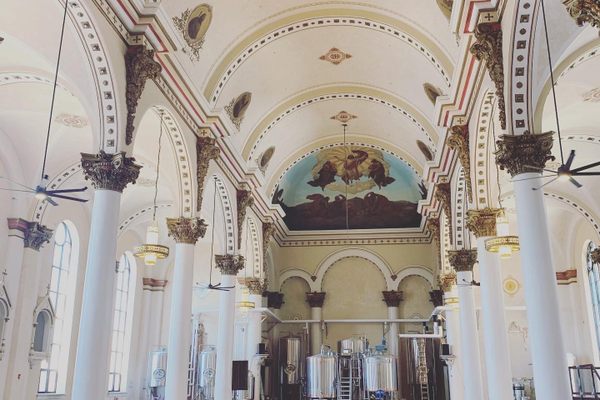
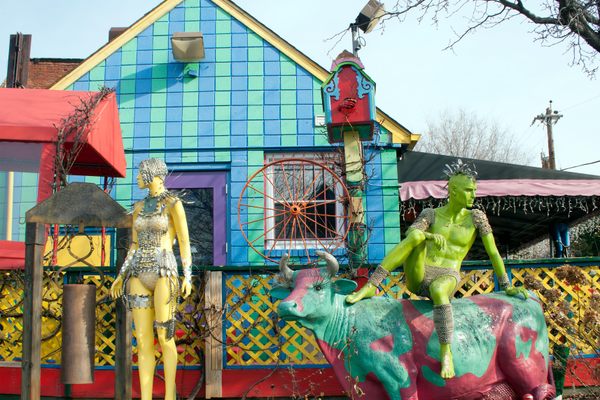


Follow us on Twitter to get the latest on the world's hidden wonders.
Like us on Facebook to get the latest on the world's hidden wonders.
Follow us on Twitter Like us on Facebook